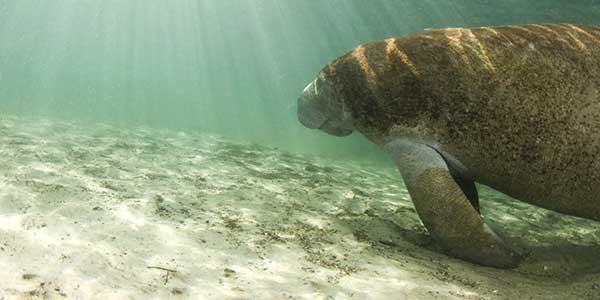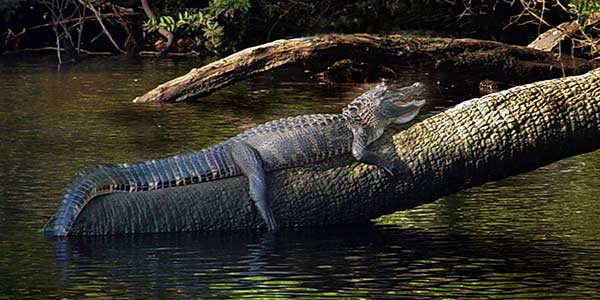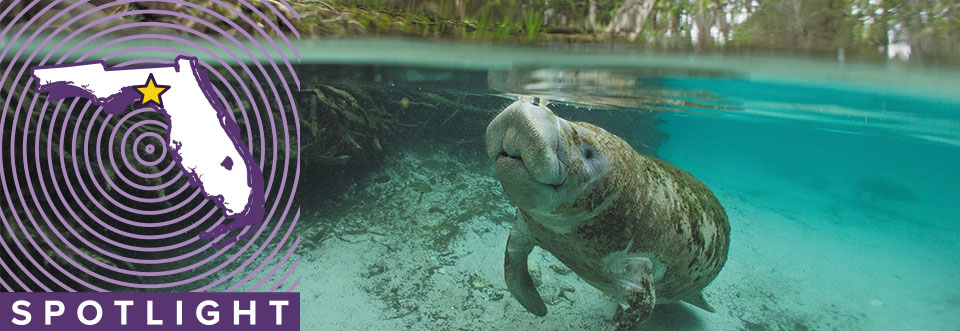Levy County/Cedar Key
Discover Old Florida on the Gulf Coast
Located on the Gulf Coast southeast of Gainesville, Levy County embodies mythical Old Florida, harkening to a time before theme parks and towering hotels dominated the landscape. With alluring beaches, crystal-clear waters, quaint stores, a lively fishing and stilted overwater shacks serving bowls of clam chowder, Levy County bears all the hallmarks of an old-school Florida vacation.
Cedar Key
A great place to start is Cedar Key, located on the Gulf and accessible via Florida State Road 24. At the Cedar Key Historical Society, visitors can learn the region’s backstory. Atmospherically housed within the 1871 Lutterloh Building, a noteworthy collection of photographs, documents and artifacts (including Civil War relics) relate the origins, history and entrepreneurial zeal of Cedar Key. But what draws most visitors to Cedar Key is stellar nature and outdoor recreation. At the epicenter of Florida’s famed Nature Coast, bird-watching, kayaking hiking, biking, manatee viewing, snorkeling and saltwater/freshwater fishing occupy the to-do lists of locals and tourists.
Manatee Springs State Park
Less than a 45-minute drive northeast of Cedar Key, Manatee Springs ranks as one of Florida’s largest springs (25 feet deep, 75 feet wide), yielding an average of 117 million gallons of water daily. Astride the Suwannee River, this lush National Natural Landmark provides the winter refuge for Florida manatees, a subspecies of the West Indian manatee, who swim upriver to bask in the warm waters. The clear blue spring and cave lure swimmers, snorkelers and scuba divers.
More than 26,000 feet of cave passageways have been mapped, making it one of the longest subterranean systems in North America. A boardwalk bisects a fecund cypress swamp, where exotic birds lurk in the trees and vines corkscrew around colossal trunks, with roots thrusting from the ground. The boardwalk traces the spring, which forms a picturesque stream that traverses hardwood wetlands and joins the Suwannee River. At the dock, visitors can watch the manatees playing and swimming.

Paynes Prairie Reserve
A 10-minute drive south of Gainesville, Paynes Prairie Preserve State Park ranks as one of Florida’s most environmentally sensitive and historic areas. A National Natural Landmark, the 21,000-acre park is hailed for its biodiversity.
More than 20 unique biological ecosystems, ranging from wet prairie to pine flat woods, hammocks and ponds, give refuge to a captivating array of wildlife, including alligators, bison and 270 bird species. Eight trails snake through the terrain for hiking, horseback riding and biking, including the 16-mile-long, paved Gainesville-Hawthorne Trail, which links the university town of Gainesville with the rural environs of Hawthorne.
Fishing is permitted on Lake Wauburg and there’s a boat ramp that provides access for canoes and electric motor boats. At the visitor center, a series of exhibits elucidate the region’s topography and natural history. Adjacent to the center, a 50-foot-high observation tower is a superior vantage point.

Levy County Florida
Lower Suwannee Wildlife
Spanning 20 miles of the Suwannee River estuary, the huge Lower Suwannee National Wildlife Refuge protects one of the nation’s most extensive river delta systems. The park’s incredible diversity of undisturbed habitats, which include swamps, pine forests, cypress domes, tidal creeks and salt marshes, rank among the world’s most fecund ecosystems and provide refuge to prodigious and conspicuous wildlife. The local population includes white-tailed deer, manatees, Gulf sturgeon, eastern indigo snakes and turkeys. More than 250 species of birds have been identified on the refuge.
There are several well-marked paddling trails in the reserve. On land, there are more than 50 miles of primary road — open to bikers, hikers and road trippers — with another 50 miles of secondary road set aside for foot or bicycle traffic.
One of the park’s highlights, the scenic Dixie Mainline Trail (unpaved and narrow) is one of the most isolated trails in Florida. Built in the 1920s for a narrow-gauge railroad, this route reveals the dazzling fecundity of the southern recesses of Florida’s Big Bend. At the Shell Mound Unit, the 1-mile-loop Dennis Creek Trail traverses distinctive Gulf Coast habitats.
For More Information
Levy County Visitors Bureau
877-387-5673
www.visitnaturecoast.com
Florida Tourism
888-735-2872
www.visitflorida.com






